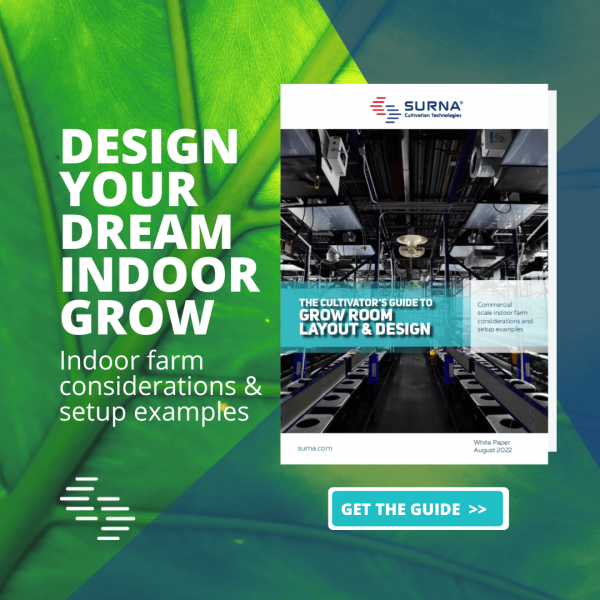Light-emitting diode (LED) lights are best known for being more efficient than incandescent and fluorescent bulbs. Thanks to their energy efficiency, low heat output, color spectrum range, and ability to be used in multi-tier applications, LEDs have grown in popularity in recent years, even over HPS and MH lights.
However, not every light is created equal. Before you consider purchasing just any fixture for your indoor farm, it’s important to understand what makes some horticultural LEDs better suited for growing plants than others.
What Is LED Horticultural Lighting?
LEDs provide a wide spectrum of light. They are also more energy efficient and radiate less heat than other lighting options. Because they radiate such little heat, they can be hung closer to the plants to maximize space. This also helps minimize your facility’s total cooling tonnage requirements.
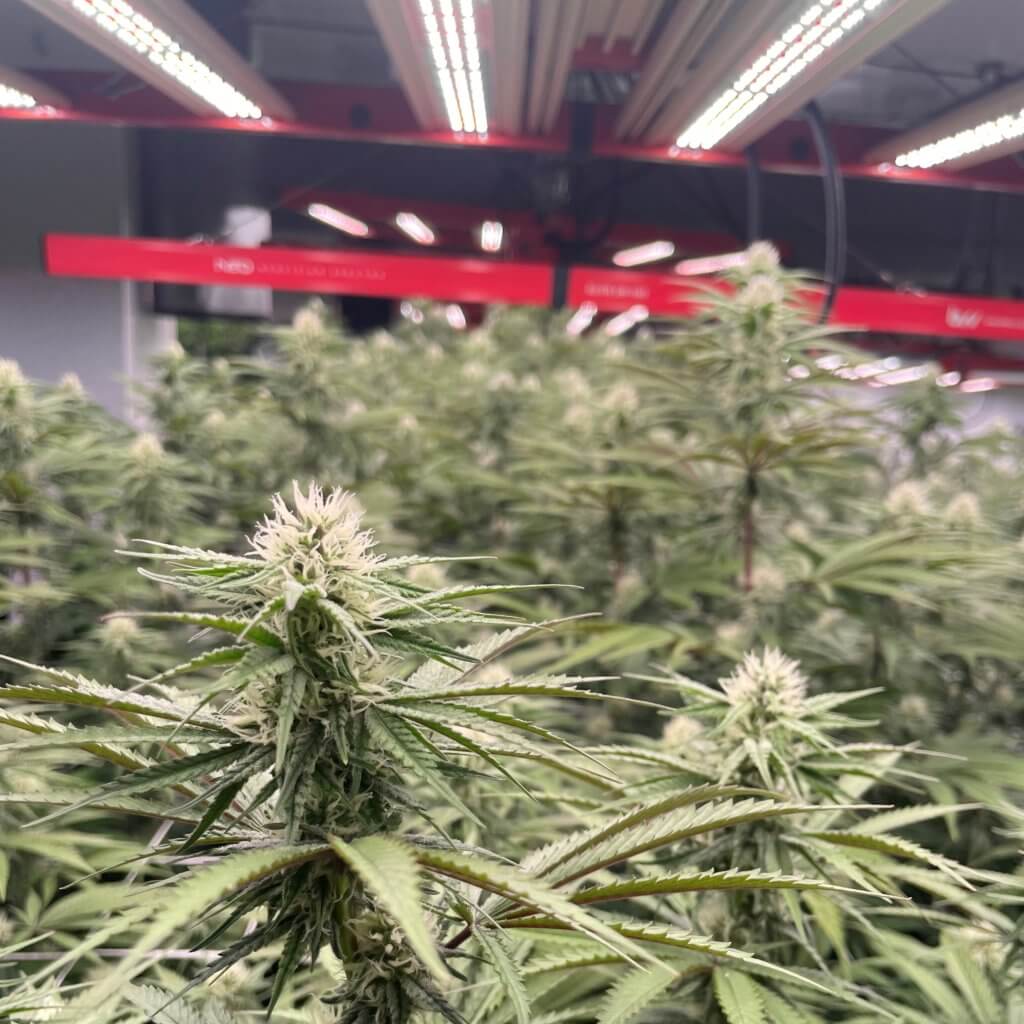
Lights designed for horticultural applications are made of durable, high quality materials to protect the fixture from the humid environment of indoor grow spaces and greenhouses. Not only this, but fixtures can emit various wavelengths, which will affect plant growth differently.
What Other Types of Lights Do Professional Growers Use?
Horticultural lights act as an artificial light source that indoor plants can use during photosynthesis. There are a number of different types of lights that can be used in a horticultural setting.
High-Intensity Discharge (HID)
High-Intensity Discharge (HID) grow lights are one of the most commonly used types of lighting for indoor farms. They produce a lot of light per watt and can be used over large areas. HID lamps include metal halide (MH), and high-pressure sodium lamps (HPS). Each type of HID lamp has a different spectrum of light that influences the growth in a different way.
Metal Halide (MH)
Metal Halide (MH) grow lights are commonly used in veg rooms but can be used for flowering/budding stages as well. MH grow lights have a bluish light output that plants use primarily for vegetative growth.
MH lighting is most commonly used during the Vegetative Stage of plant growth, although it can also be used during the entire life cycle of a plant. Typically, MH bulbs should be replaced every 10,000 hours or every year, whichever comes first.
MH grow lights also come in two types.
- Combination of MH and HPS (Dual arc)
Dual-arc lamps feature an MH and HPS arc tube in the same bulb. The result is a single bulb that has a wider color spectrum than either MH or HPS bulbs, which produce light that is skewed to one side of the spectrum or the other. This can produce more favorable results than traditional MH or HPS bulbs alone.
- Ceramic Metal Halide (CMH)
Ceramic metal halide (CMH) lamps produce more light per unit of electricity than HPS bulbs. However, CMH lamps use a different spectrum of light than HPS bulbs do. If you’re growing your plants with only CMH lighting, you’ll need to supplement it with blue-spectrum lighting during the vegetative stage and red spectrum lighting during the flowering stage of plant growth.
High-Pressure Sodium (HPS)
Sodium vapor lights are very efficient and emit a large amount of light for their power consumption, making them ideal for areas where light is needed all night, such as streetlights. Most of the sodium vapor lights you see around your town probably have either a yellow or pinkish hue to them.
These types of lights are also used in agriculture to grow plants indoors. Sodium vapor lights come in many different sizes and wattages, ranging from 70 watts to 1500 watts.
HPS lights emit an orange/red color spectrum with a little blue light present. This makes these lights ideal for flowering and fruit production when used correctly. However, this also makes them less useful during the vegetation stage of plant growth as they contain little blue light that plants use during this stage.
Factors to Consider When Choosing a Professional Grow Light
Choosing the best LED for your grow room can be a difficult process. Not all LED grow lights are created equal, so it’s important to research the different options available before choosing the solution that’s right for you.
While researching, take note of the fixtures’ specs and other materials potential vendors may supply you. We’ll use our BVV Neocision Spectra Elite as an example.
Wavelength (Color)
For optimal plant growth, 400-700nm wavelengths are required for photosynthesis (the process by which plants convert light energy into chemical energy). However, your lighting output and spectrum requirements will vary depending on the type of plants your plan on cultivating.
- Red Light (630 – 660 nm) is essential for the growth of stems, as well as the expansion of leaves. This wavelength also regulates flowering, dormancy periods, and seed germination.
- Blue Light (400 – 520 nm) stimulates plant growth early on, helps prevent stretching, creates a better structure for the plant, etc.
- Green Light (500 – 600 nm) is useful for canopy penetration since unlike other wavelengths, it penetrates the entire leaf. This light is also helpful for diagnosing disease and pests with the human eye.
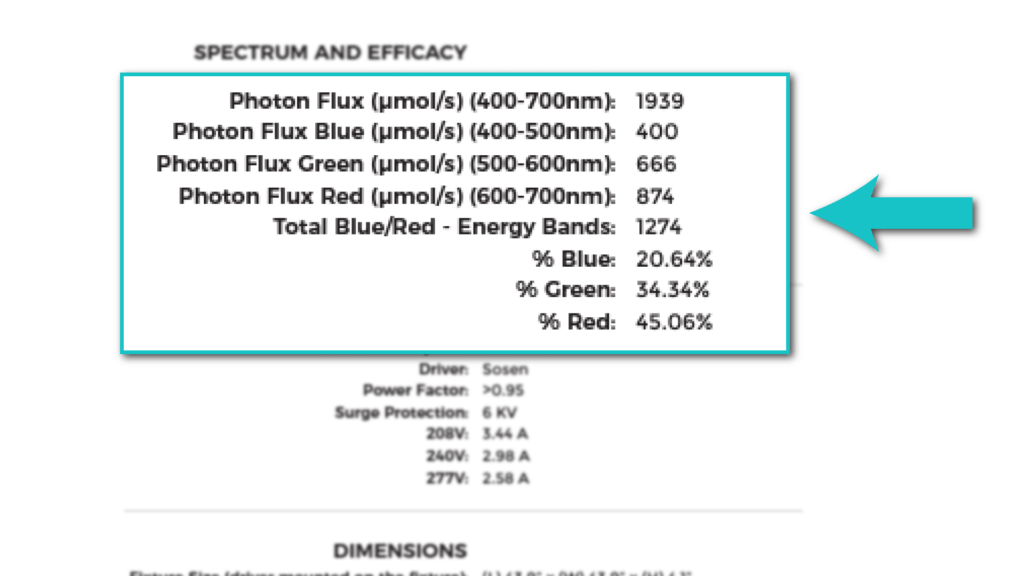
Understand Your Optimal Average PPFD
The amount of light plants receive is measured in PPFD (Photosynthetic Photon Flux Density), or µmol/m2/s. This measurement tells you the number of photons impacting a unit area per second.
The optimal PPFD value depends on the plant species and stage of growth. For example, lettuce requires a lower PPFD than tomatoes during the vegetative stage. To optimize your growth, it’s important to understand what PPFD value your crop responds best to.
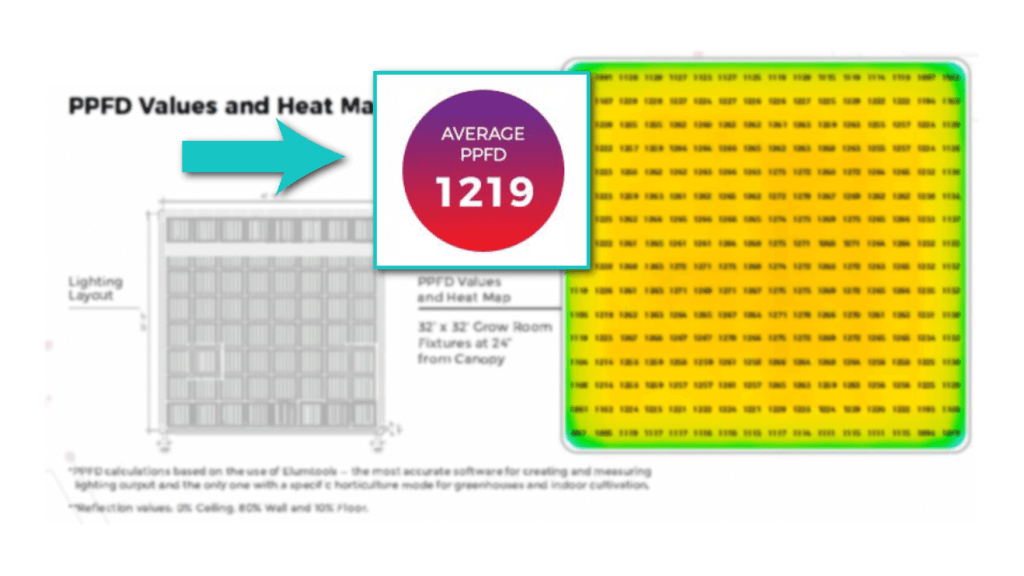
Lighting Layout
Lighting layout is a factor to consider when choosing your grow lights. The lighting layout of an indoor garden refers to the placement of lights in relation to each other, as well as their proximity to plants. Grow lights need to be positioned far enough from plants that the light emitted by them does not burn them, but close enough that you are not wasting light unnecessarily. Work with your supplier to properly plan your grow room lighting design.
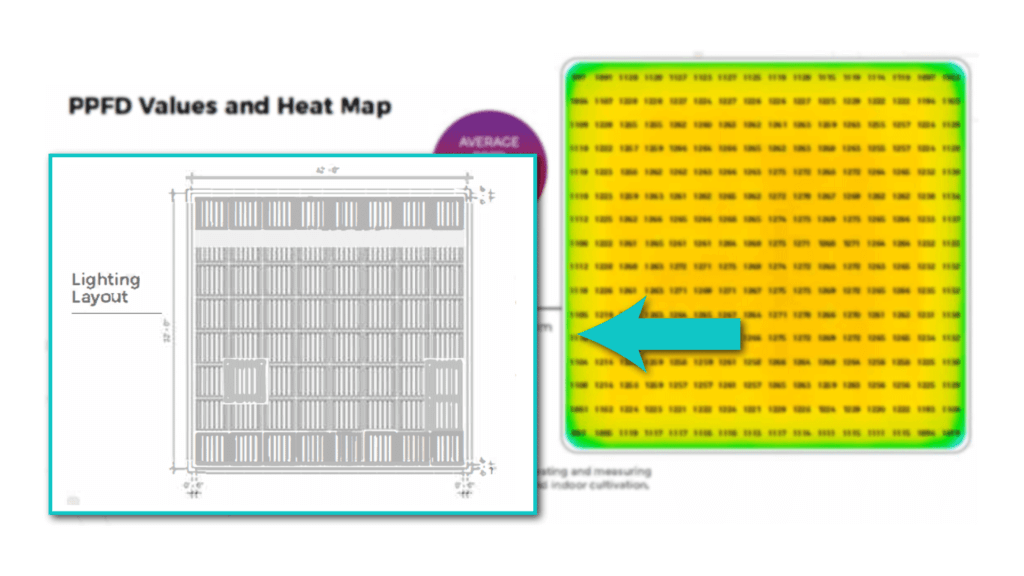
Warranty
Many grow light manufacturers offer warranties on their products, so it’s worth considering how long the warranty is and what it covers. Never buy a light that is not backed by a warranty. This is an excellent indication in the manufacturer’s faith in the quality of the unit. If they believe it will only last a year, they won’t provide assurances that protect the buyer.
It’s also important to understand what the warranty covers. For example, does the warranty cover the fixture and the driver? How long is the coverage period? Grow lights are a significant investment, so it’s important to choose a grow light with a warranty that will give you peace of mind and protect your investment.
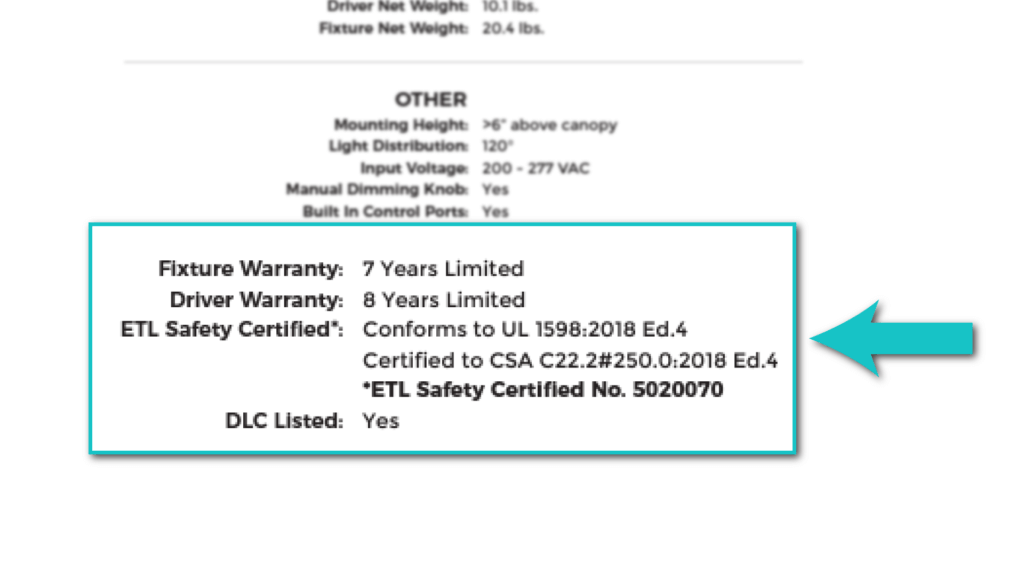
Price
Depending on size, quality, brand name, and other factors, commercial horticultural LEDs typically range in price from $200 – $2,000 per unit. That is quite a broad range, so start by understanding your needs and your budget. Then, research several brands and various fixtures, and receive proposals and lightmaps from a few different vendors to compare your options.
Importantly, don’t buy a fixture just because it’s cheaper. Purchasing a poor quality fixture can result in energy inefficiency, premature failure and replacement, and stunted plant growth, all of which will cost you money in other ways. However, a high price tag does not guarantee the best quality or performance, either. There are affordable LED options available that are backed by warranties and third-party test results, so dedicate some time to researching your options and get lightmaps from your prospective lighting vendors. We also recommend working with your lighting vendor to take advantage of applicable rebate opportunities that may be available.
If you’re comparing LEDs, contact us today to receive a DLC-listed affordable LED horticultural lighting option backed by an industry-leading 7-year limited warranty.
